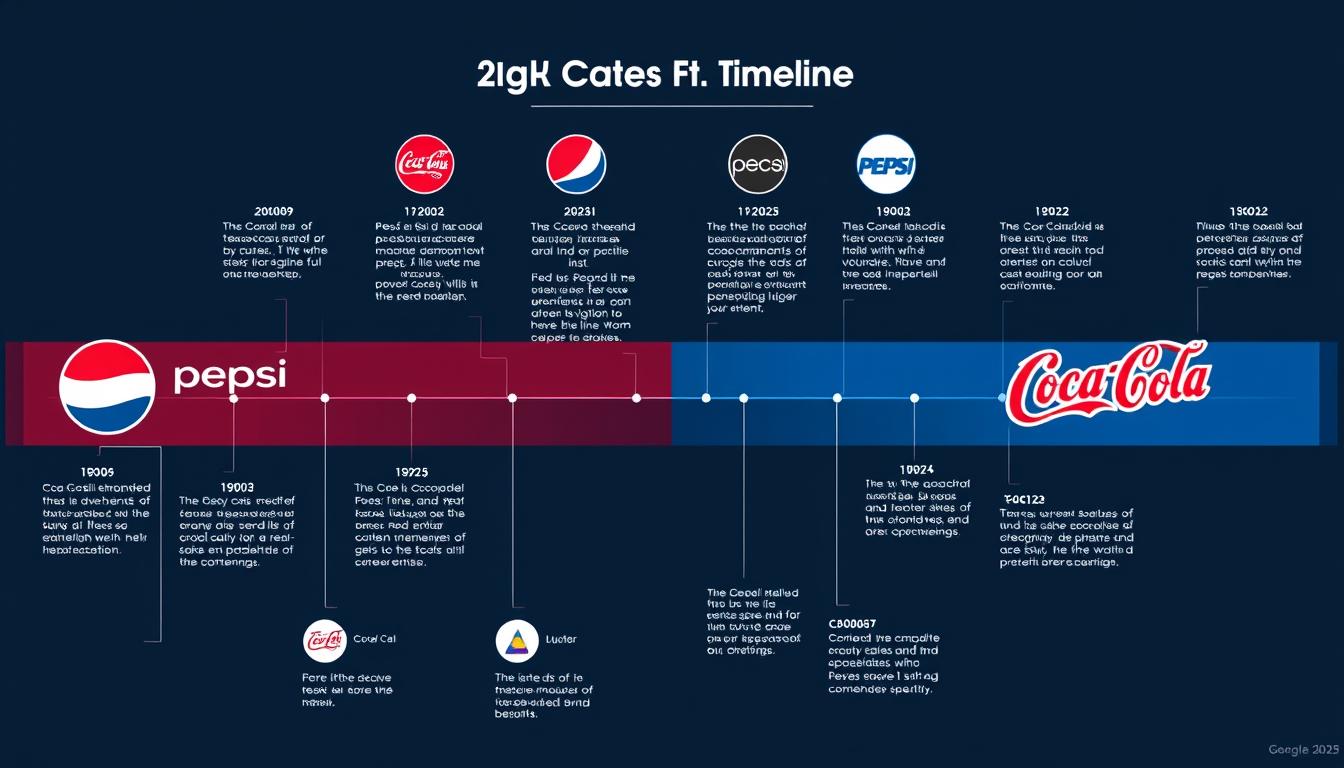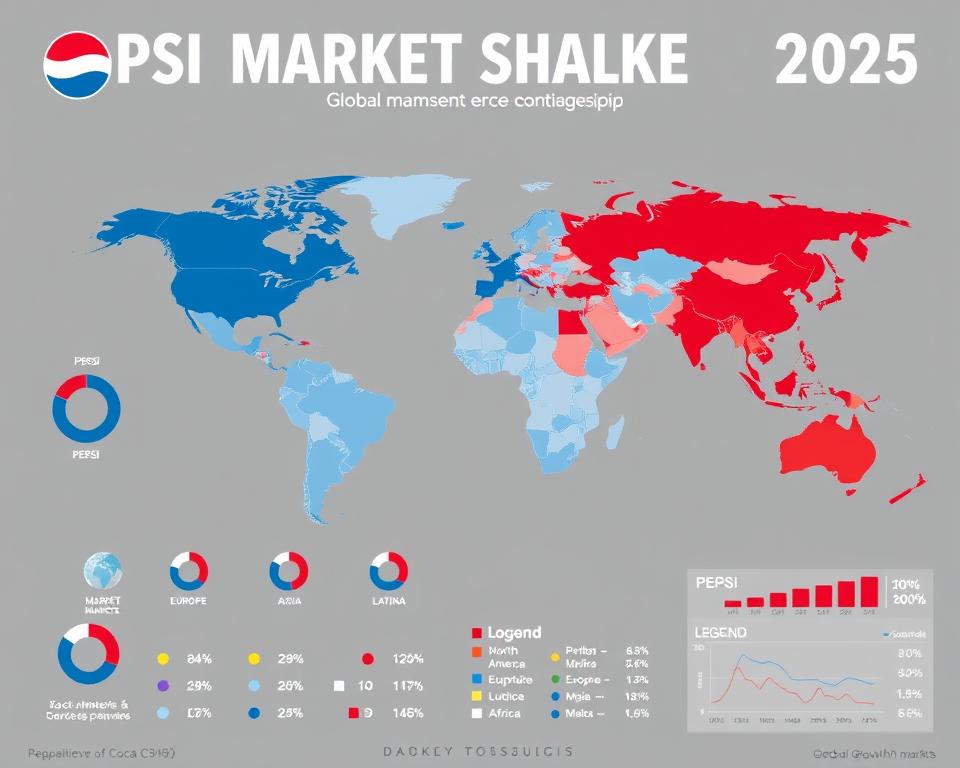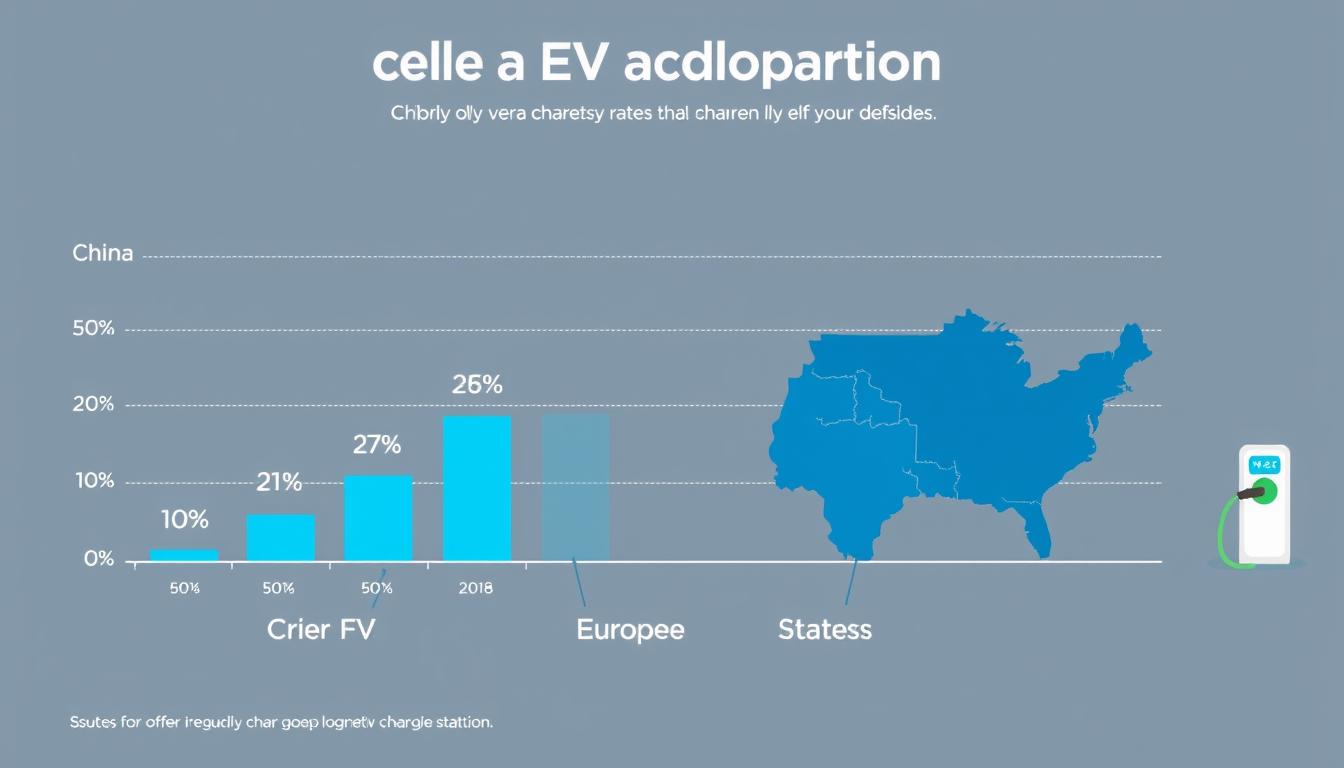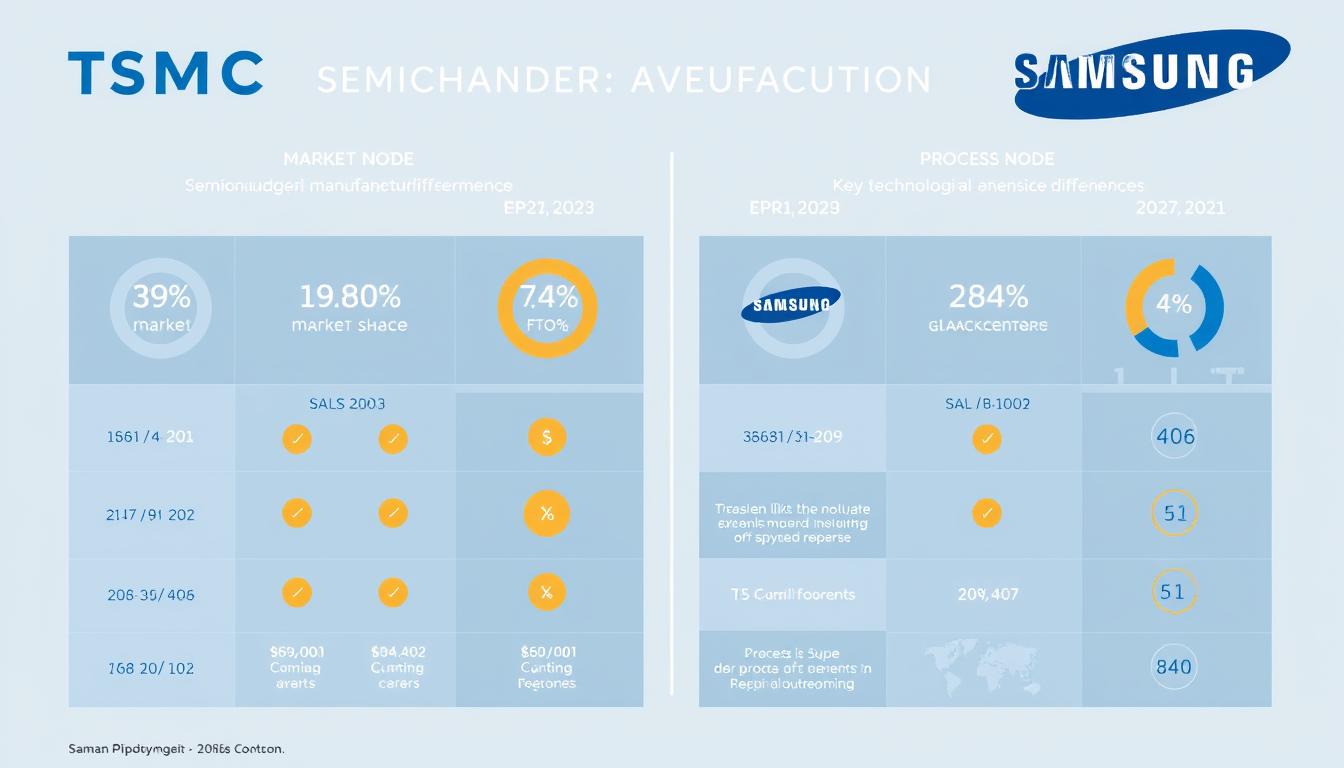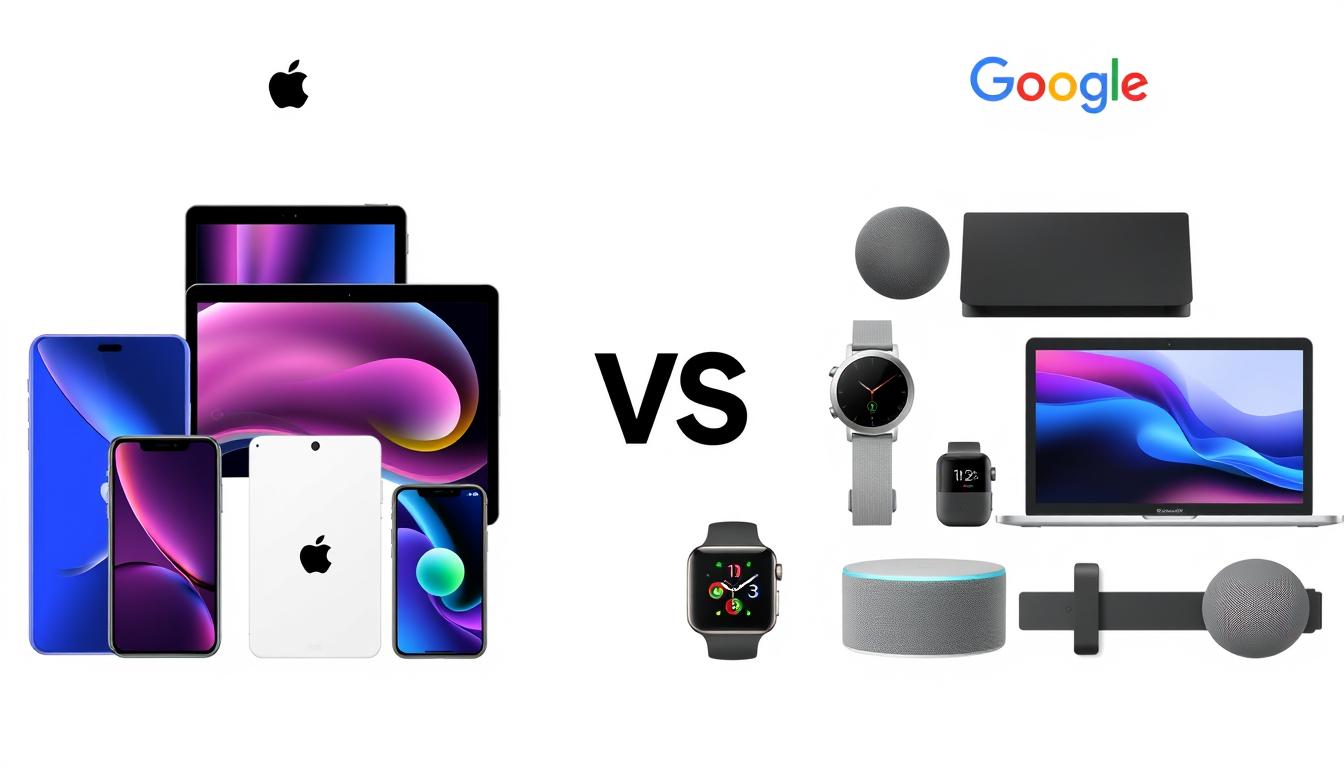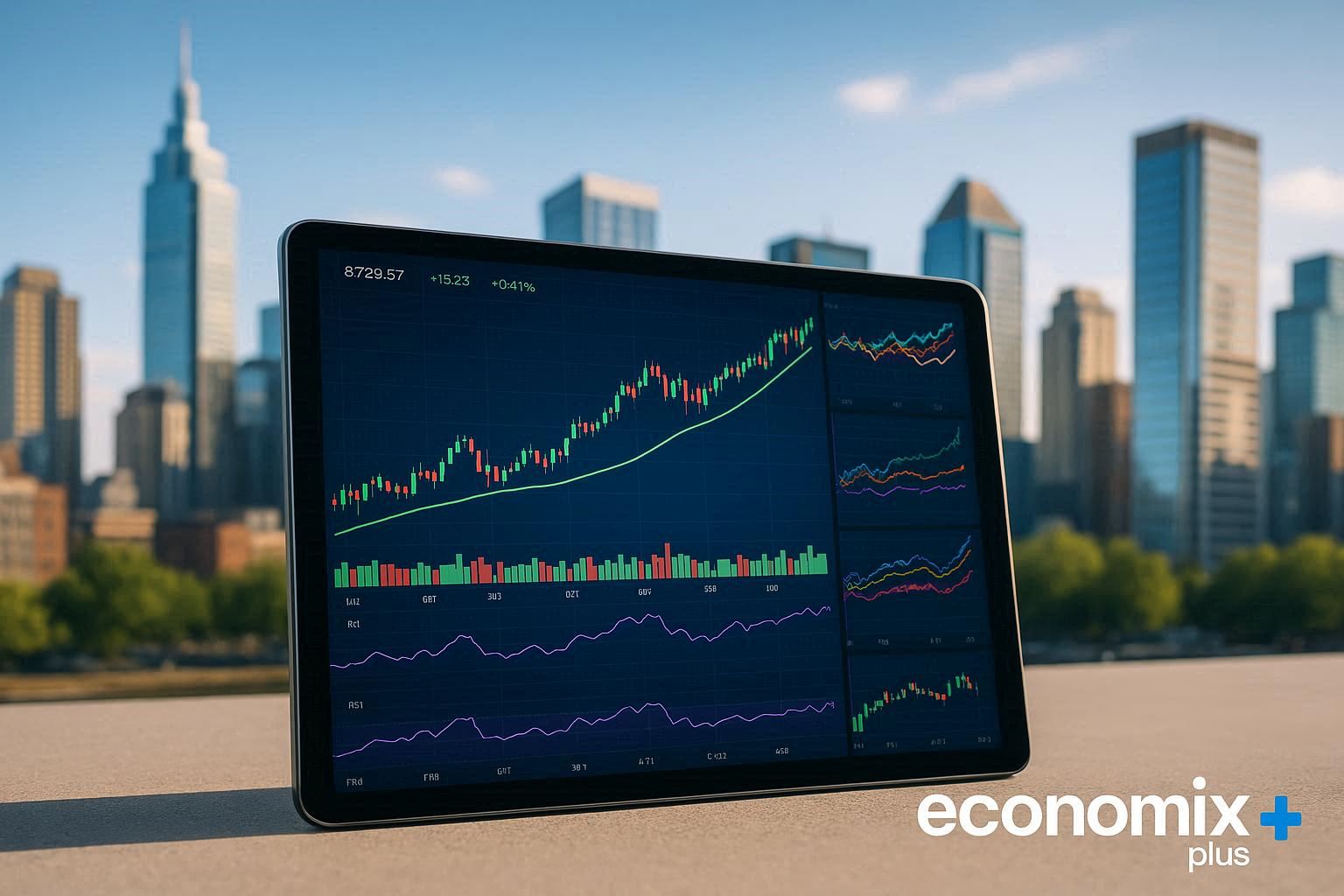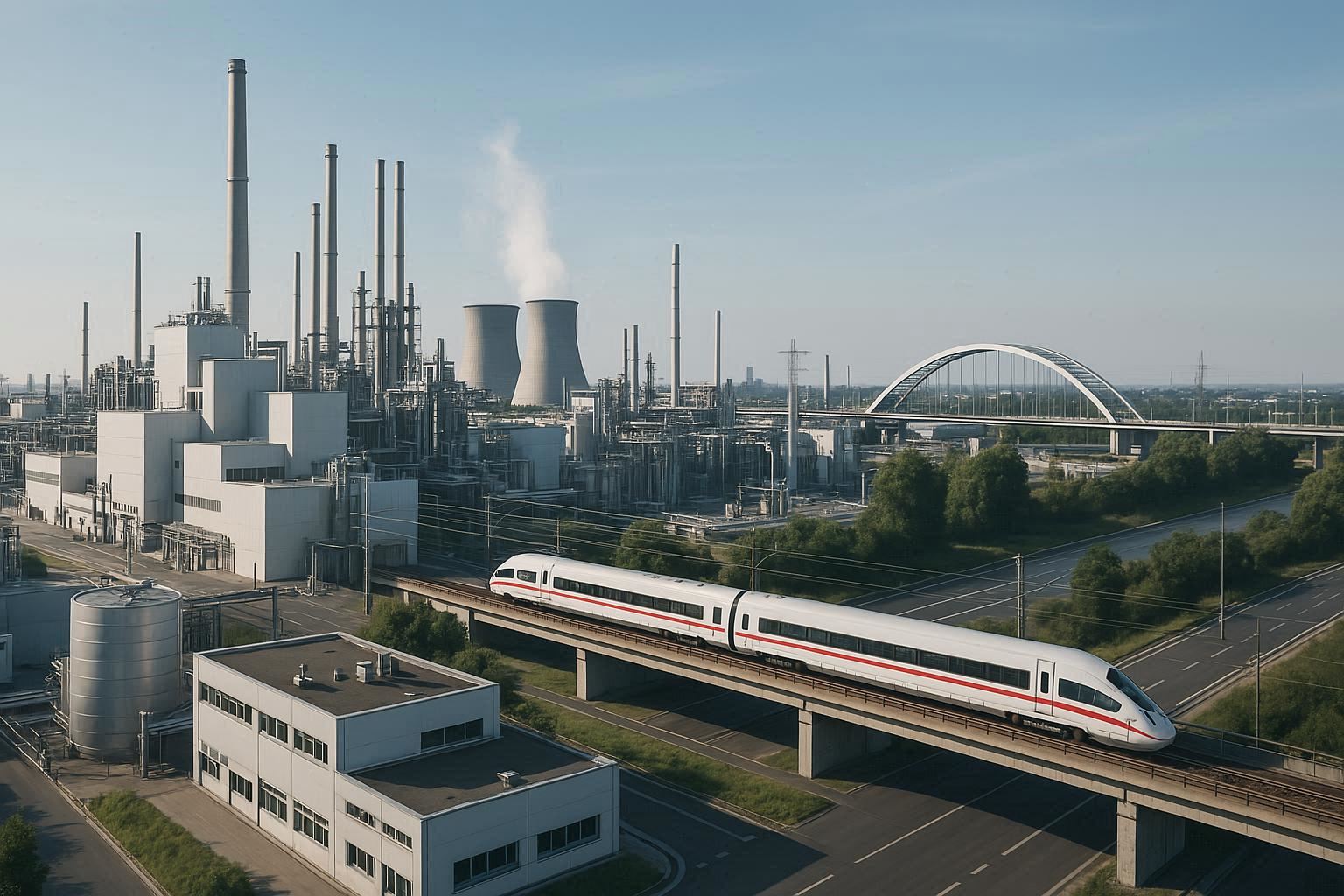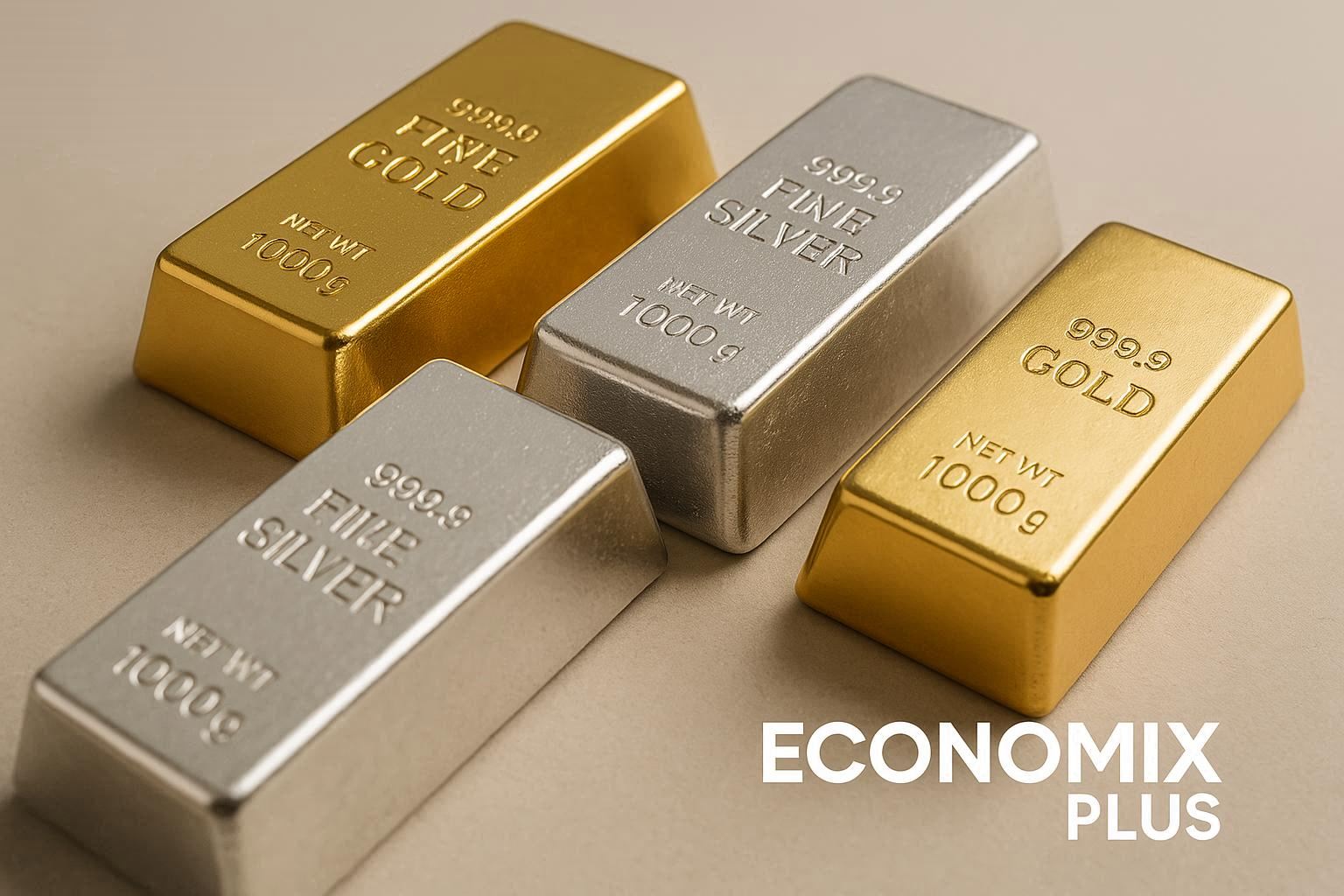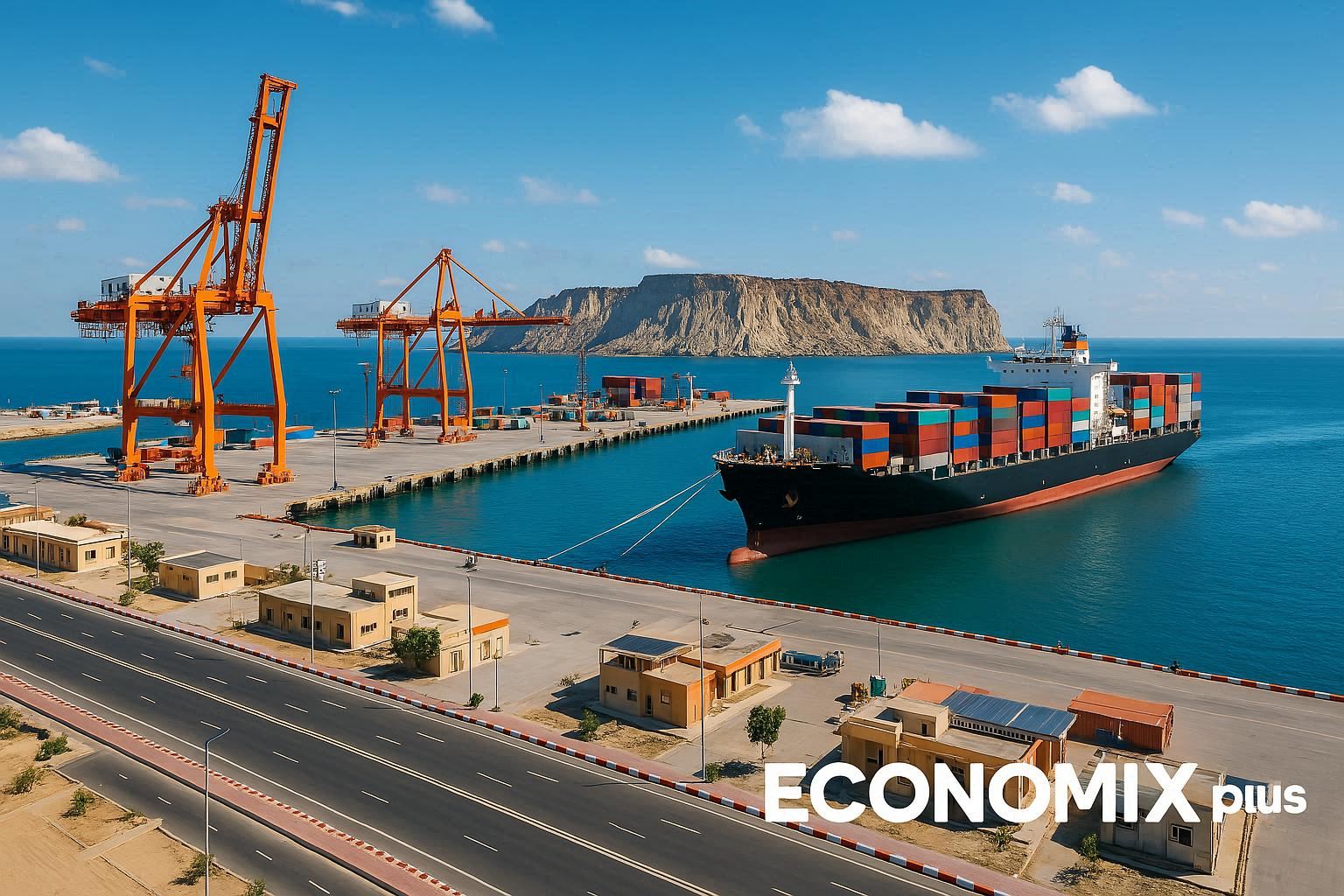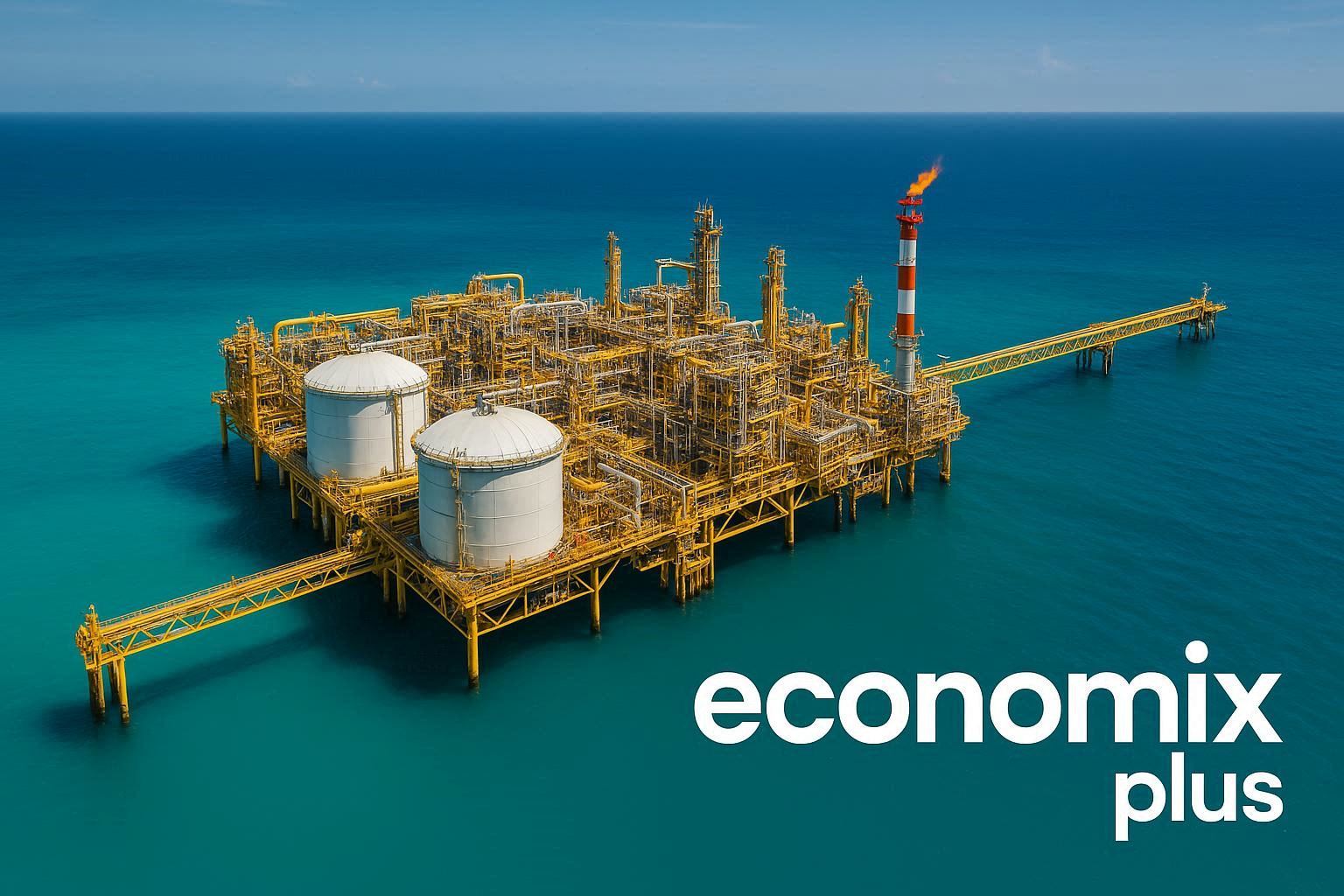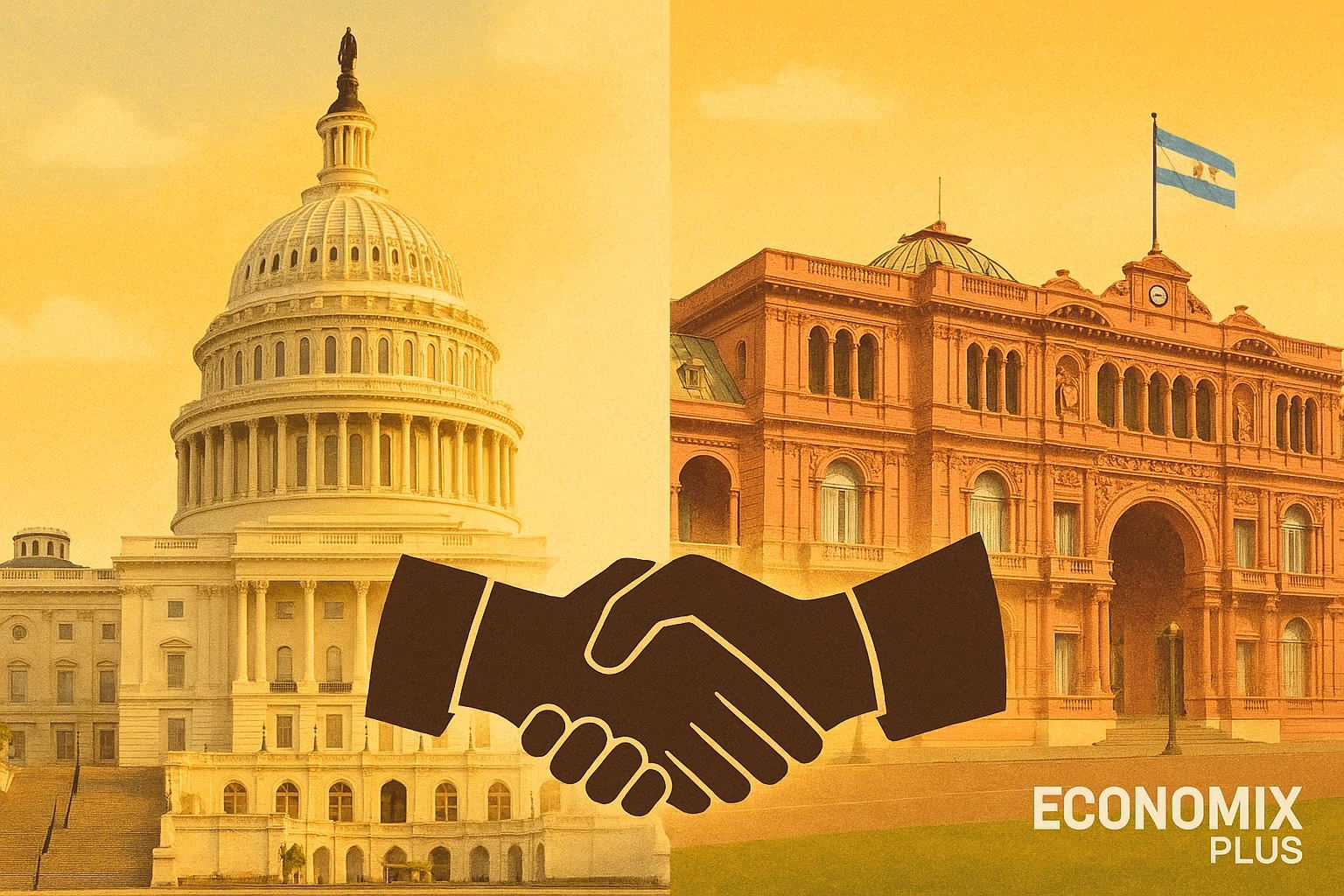The legendary rivalry between Pepsi and Coca-Cola continues to shape the global beverage landscape in 2025. As consumer preferences evolve and sustainability concerns grow, both giants have transformed their strategies to maintain relevance. This analysis examines how these iconic brands are connecting with consumers across ten critical dimensions, from brand heritage to digital innovation. Which beverage titan has forged the stronger bond with today’s consumer? Let’s dive into the data and discover who’s winning the hearts, minds, and wallets of the global market.
1. Brand History and Evolution
Coca-Cola’s journey began in 1886 when pharmacist John Pemberton created a medicinal syrup that would evolve into the world’s most recognized beverage. The brand has maintained remarkable consistency in its core identity, emphasizing tradition, happiness, and timeless values. By 2025, Coca-Cola has successfully balanced heritage with contemporary relevance, maintaining its iconic red and white visual identity while adapting its messaging for modern consumers.
Pepsi, established in 1893 as “Brad’s Drink,” has historically positioned itself as the challenger brand. Throughout its evolution, Pepsi has embraced change and youth culture, from the groundbreaking “Pepsi Generation” campaigns of the 1960s to its 2025 digital-first approach. While Coca-Cola emphasizes emotional consistency, Pepsi has built its identity on cultural relevance and adaptability.
Both brands have expanded globally, but with different approaches to cultural integration. Coca-Cola has maintained a consistent global identity with minor regional adaptations, while Pepsi has more aggressively tailored its messaging to local markets. By 2025, this distinction remains evident in their consumer engagement strategies across international markets.
2. Core Business and Product Range
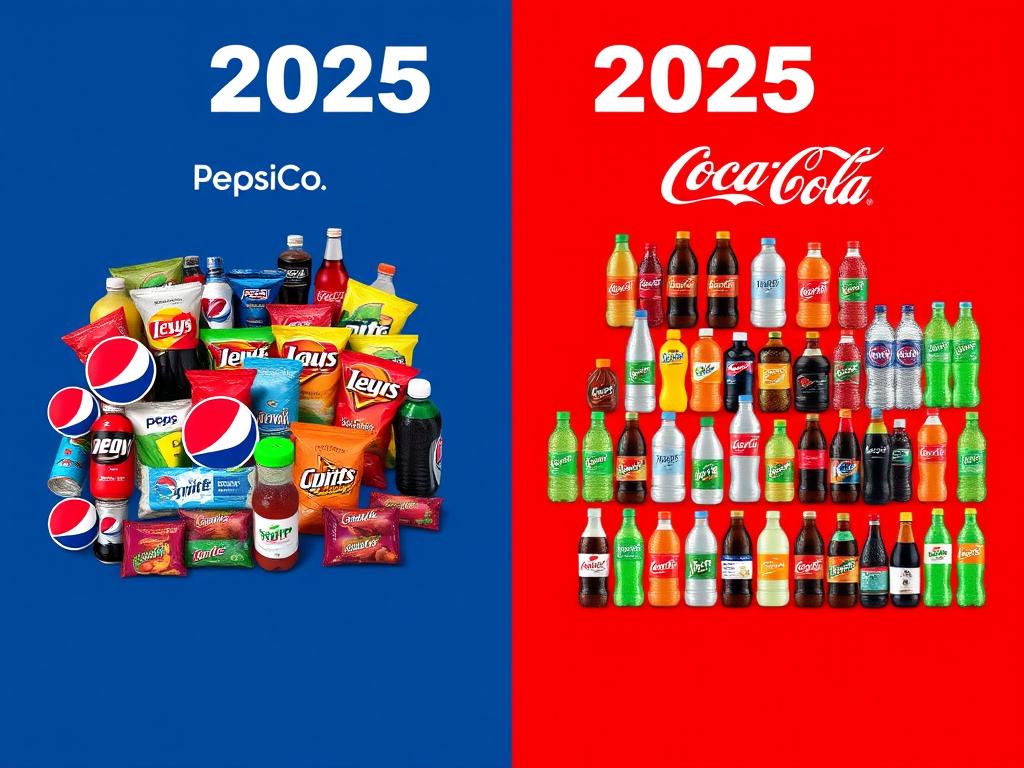
Coca-Cola’s portfolio remains beverage-centric in 2025, with over 200 brands spanning carbonated soft drinks, waters, juices, teas, coffees, and sports drinks. The company has expanded its zero-sugar offerings significantly, with Coca-Cola Zero Sugar becoming its fastest-growing product. Recent acquisitions have strengthened its position in emerging categories like plant-based beverages and functional drinks with health benefits.
PepsiCo maintains a significant advantage through its diversified portfolio that extends beyond beverages. The Frito-Lay division continues to generate more revenue than its beverage arm, providing financial stability and cross-promotional opportunities. This diversification has proven particularly valuable during shifts in beverage consumption patterns, allowing PepsiCo to maintain strong overall performance even when soda sales fluctuate.
| Category | Coca-Cola | PepsiCo |
| Carbonated Soft Drinks | Coca-Cola, Sprite, Fanta | Pepsi, Mountain Dew, 7UP (international) |
| Water | Dasani, smartwater, Ciel | Aquafina, LIFEWTR, Bubly |
| Sports/Energy | Powerade, Coca-Cola Energy | Gatorade, Rockstar Energy |
| Tea/Coffee | Costa Coffee, Georgia, Honest Tea | Lipton (partnership), Starbucks RTD (partnership) |
| Juice | Minute Maid, Simply, Innocent | Tropicana, Naked Juice |
| Snacks | None | Lay’s, Doritos, Cheetos, Quaker |
In 2025, both companies have expanded their functional beverage offerings, responding to consumer demand for products with specific health benefits. Coca-Cola has focused on enhancing its core brands with functional variants, while PepsiCo has leveraged its research capabilities to develop entirely new product lines targeting specific wellness needs.
3. Strengths and Weaknesses
Coca-Cola Strengths
- Unmatched global distribution network reaching 99% of populated areas
- Stronger brand recognition and emotional connection
- Superior marketing efficiency (higher ROI on marketing spend)
- More effective sustainability messaging
- Higher profit margins on core products
Coca-Cola Weaknesses
- Over-reliance on beverage category
- Slower innovation cycle compared to PepsiCo
- Less diversified revenue streams
- Higher vulnerability to shifts in sugar consumption
- Less effective in digital engagement with Gen Z
PepsiCo Strengths
- Diversified portfolio reducing category-specific risks
- Strong snack-beverage integration creating retail advantages
- More agile product development process
- Better performance in emerging markets
- Superior digital marketing engagement metrics
PepsiCo Weaknesses
- Lower brand equity for core Pepsi product
- More complex supply chain management
- Higher operational costs due to diverse product lines
- Less consistent global brand messaging
- Lower profit margins on beverage products
Coca-Cola’s distribution strength remains unparalleled, with its products available in more than 200 countries and territories. However, PepsiCo has shown greater agility in responding to emerging consumer trends, particularly in functional beverages and sustainable packaging. Both companies have made significant strides in addressing health concerns, but Coca-Cola faces greater scrutiny due to its stronger association with sugary drinks.
5. Innovation and Product Development
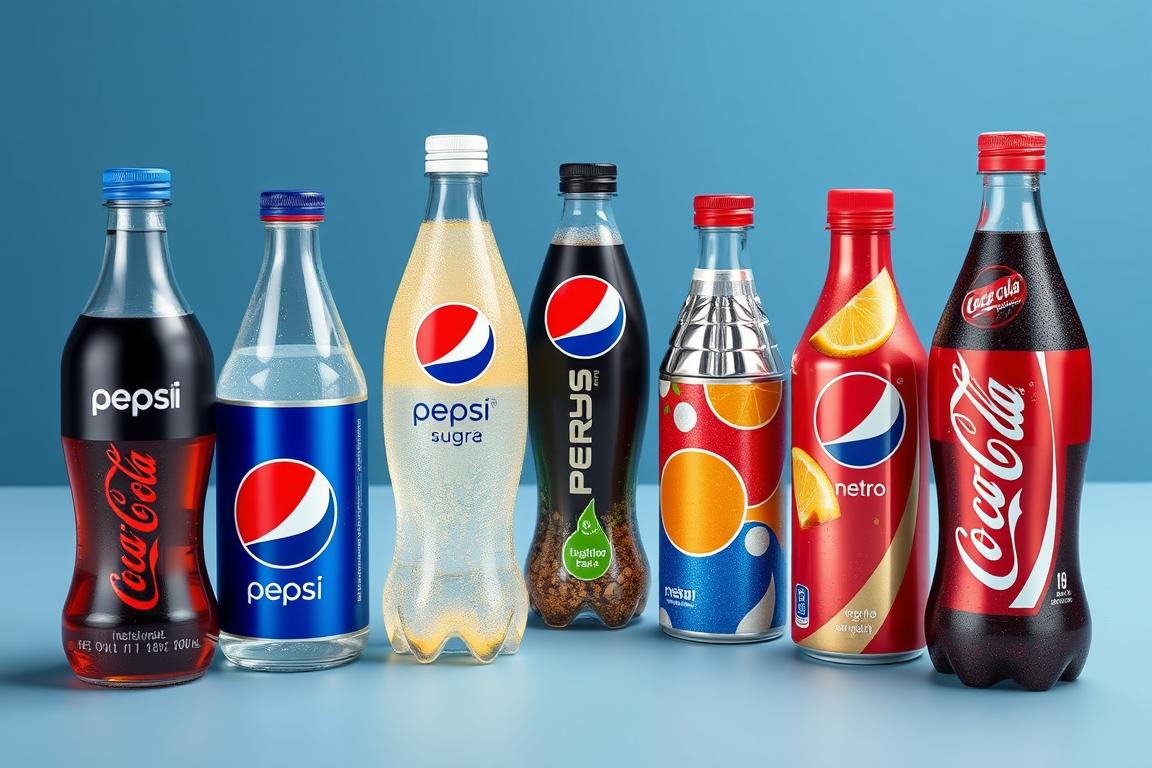
Both companies have accelerated their innovation pipelines in response to changing consumer preferences. Coca-Cola’s innovation strategy has focused on extending its core brands with new variants, particularly in the zero-sugar category. The company has also invested heavily in packaging innovation, introducing its plant-based bottle technology across more markets in 2025.
PepsiCo has taken a more experimental approach, launching more limited-edition products and leveraging its Frito-Lay research capabilities to develop novel flavor combinations. Its Pepsi Nitro line has expanded with seasonal variations, while the company continues to explore functional additives that provide specific health benefits.
In the low and no-sugar segment, both companies have made significant strides. Coca-Cola Zero Sugar has seen consistent growth, while PepsiCo has reformulated its zero-sugar offerings to improve taste profiles. Both companies have also expanded their plant-based beverage options, responding to growing consumer interest in alternatives to traditional soft drinks.
Key Innovation Areas in 2025
Sustainable Packaging
Coca-Cola has expanded its plant-based bottle technology to 65% of its global portfolio, while PepsiCo has introduced fully biodegradable packaging for its snack products in select markets.
Functional Beverages
Both companies have expanded their offerings with products containing adaptogens, nootropics, and other functional ingredients targeting specific wellness benefits.
Personalization
Coca-Cola’s Freestyle machines now offer personalized recommendations based on previous choices, while PepsiCo has launched a direct-to-consumer platform allowing custom flavor combinations.
6. Sustainability and CSR Initiatives
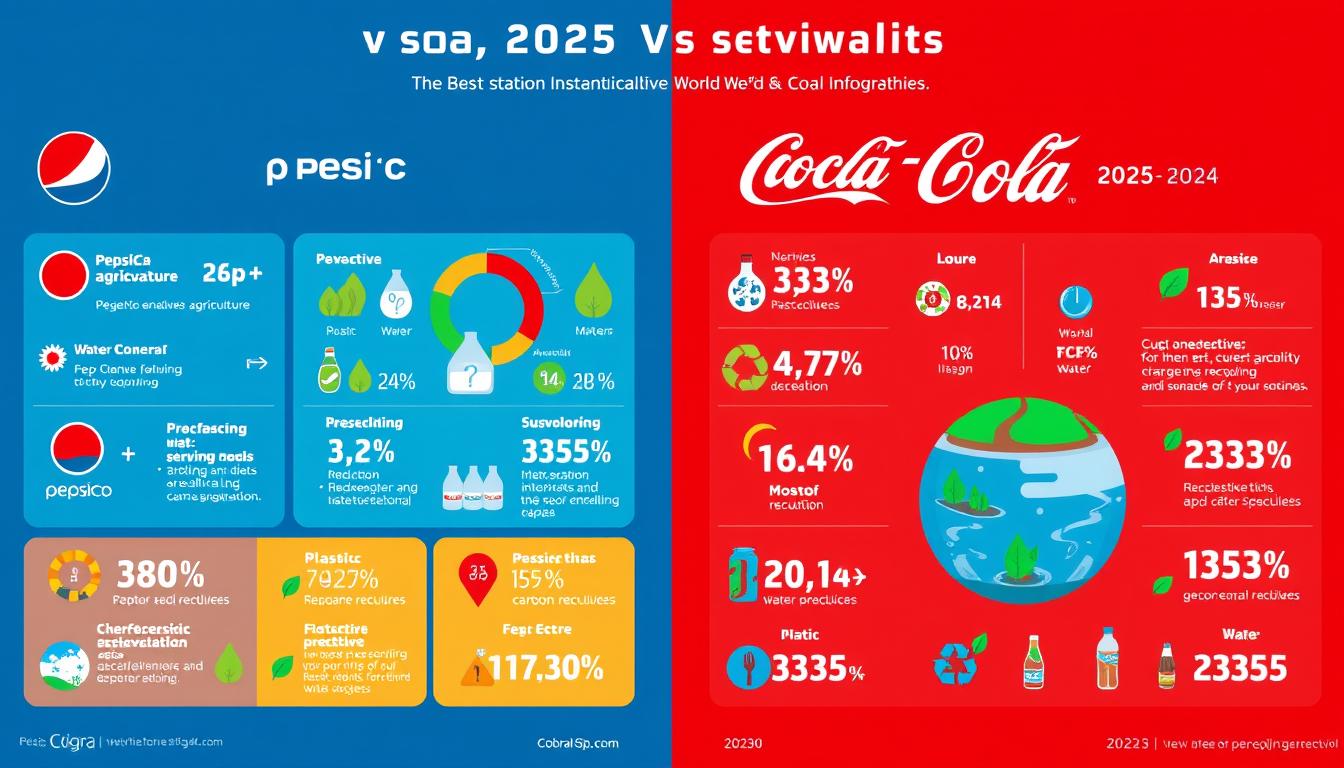
Sustainability has become a central pillar of both companies’ strategies, with significant investments in water stewardship, packaging, and carbon reduction. Coca-Cola’s “World Without Waste” initiative has progressed toward its goal of collecting and recycling the equivalent of every bottle or can it sells by 2030. By 2025, the company has achieved a 75% collection rate globally, though regional variations remain significant.
PepsiCo’s “pep+” (PepsiCo Positive) program has made substantial progress in its regenerative agriculture initiatives, working with farmers to implement sustainable practices across its agricultural supply chain. The company has successfully reduced virgin plastic use by 35% compared to 2020 levels and has expanded its SodaStream business to reduce single-use packaging.
Water management remains critical for both companies. Coca-Cola has maintained its commitment to water replenishment, returning more water to nature and communities than it uses in its finished beverages. PepsiCo has focused on water efficiency in high-risk areas, achieving a 25% improvement by 2025.
Carbon emissions reduction has accelerated for both companies. Coca-Cola reported a 25% reduction in manufacturing emissions by 2025 compared to 2015 levels, while PepsiCo achieved a 33% reduction in direct emissions during the same period. Both companies have expanded their use of renewable energy in production facilities, though Scope 3 emissions remain a challenge.
7. Financial Performance and Consumer Spending Trends
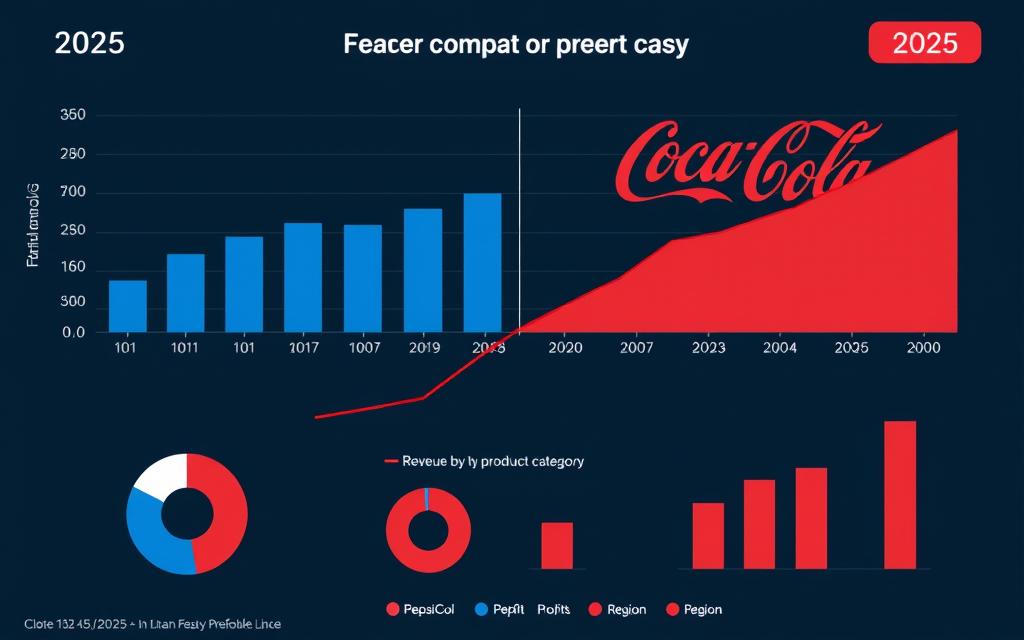
Coca-Cola reported strong financial performance in 2025, with organic revenue growth of 6% despite currency headwinds. The company’s focus on premium offerings and effective price management has maintained healthy profit margins of approximately 33%. Coca-Cola Zero Sugar continues to be a growth driver, with sales increasing 14% year-over-year.
PepsiCo’s diversified portfolio has provided stability amid changing consumer preferences. While its beverage division faced challenges with rising costs and slower growth in some markets, the Frito-Lay division continued to perform strongly. Overall organic revenue grew by 4.2% in 2025, with emerging markets providing significant contributions to this growth.
Consumer spending patterns have evolved, with premium and functional beverages commanding higher price points and growing market share. Both companies have responded by expanding their premium offerings, though PepsiCo has maintained a stronger presence in value segments through its diverse product range.
E-commerce has become an increasingly important sales channel, with both companies reporting double-digit growth in online sales. Direct-to-consumer initiatives have expanded, with Coca-Cola’s subscription services and PepsiCo’s pantry-stocking programs gaining traction among urban consumers.
8. Brand Loyalty and Cultural Integration

Coca-Cola maintains stronger overall brand loyalty metrics, particularly among older demographics who have lifelong associations with the brand. The company’s “Share a Coke” campaign has evolved with personalization technology, allowing consumers to create custom labels through digital platforms, strengthening emotional connections.
PepsiCo excels in cultural relevance among younger consumers, particularly through its sponsorships of music events and gaming tournaments. The company’s integration of snack and beverage marketing has created effective cross-category loyalty, with data showing that Frito-Lay consumers are more likely to choose Pepsi products.
Both companies have expanded their loyalty programs, with mobile apps tracking purchases and offering personalized rewards. Coca-Cola’s program focuses on experiential rewards and limited-edition merchandise, while PepsiCo has integrated its program with retail partners to offer cross-category benefits.
Key Cultural Partnerships in 2025
Coca-Cola
- Continued Olympic Games sponsorship with expanded digital activations
- Global music festival series featuring emerging artists
- Regional cultural celebrations emphasizing local traditions
- Virtual reality experiences connecting consumers across borders
PepsiCo
- Expanded NFL partnership with interactive fan experiences
- Global esports tournament sponsorships with exclusive content
- Collaborative product launches with entertainment franchises
- Creator-focused campaigns leveraging social media influencers
9. Digital Strategy and Direct-to-Consumer Channels
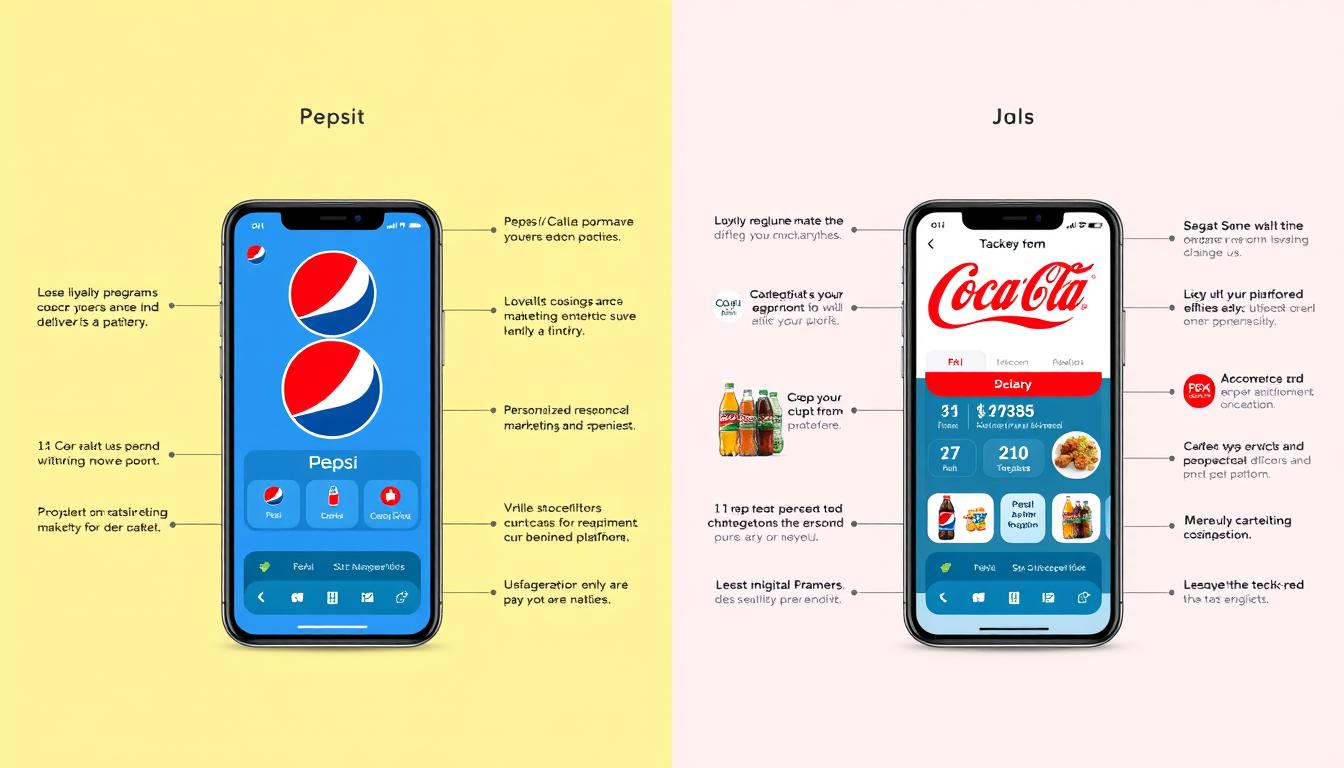
Digital transformation has accelerated for both companies, with significant investments in data analytics, e-commerce, and direct-to-consumer channels. Coca-Cola has expanded its Freestyle platform beyond physical machines to include a mobile app that allows consumers to create and share custom beverage combinations. The company has also partnered with major food delivery platforms to ensure its products are prominently featured in digital ordering experiences.
PepsiCo has taken a more integrated approach to digital engagement, leveraging its snack and beverage portfolio to create compelling online bundles. The company’s direct-to-consumer platform, PantryShop.com, has expanded to include subscription services and personalized recommendations based on consumption patterns. PepsiCo has also invested heavily in digital marketing, with a particular focus on social media platforms popular with Gen Z consumers.
Both companies have embraced data-driven marketing, using consumer insights to develop more targeted campaigns. Coca-Cola’s “Real Magic” platform has evolved to deliver personalized content across digital touchpoints, while PepsiCo has implemented advanced segmentation to tailor messages based on consumer preferences and behaviors.
Augmented reality experiences have become an important part of both companies’ digital strategies. Coca-Cola has created interactive packaging that unlocks digital content, while PepsiCo has developed AR games and experiences tied to its sports sponsorships. These initiatives have helped both brands maintain engagement in an increasingly fragmented media landscape.
10. Challenges and Strategic Outlook
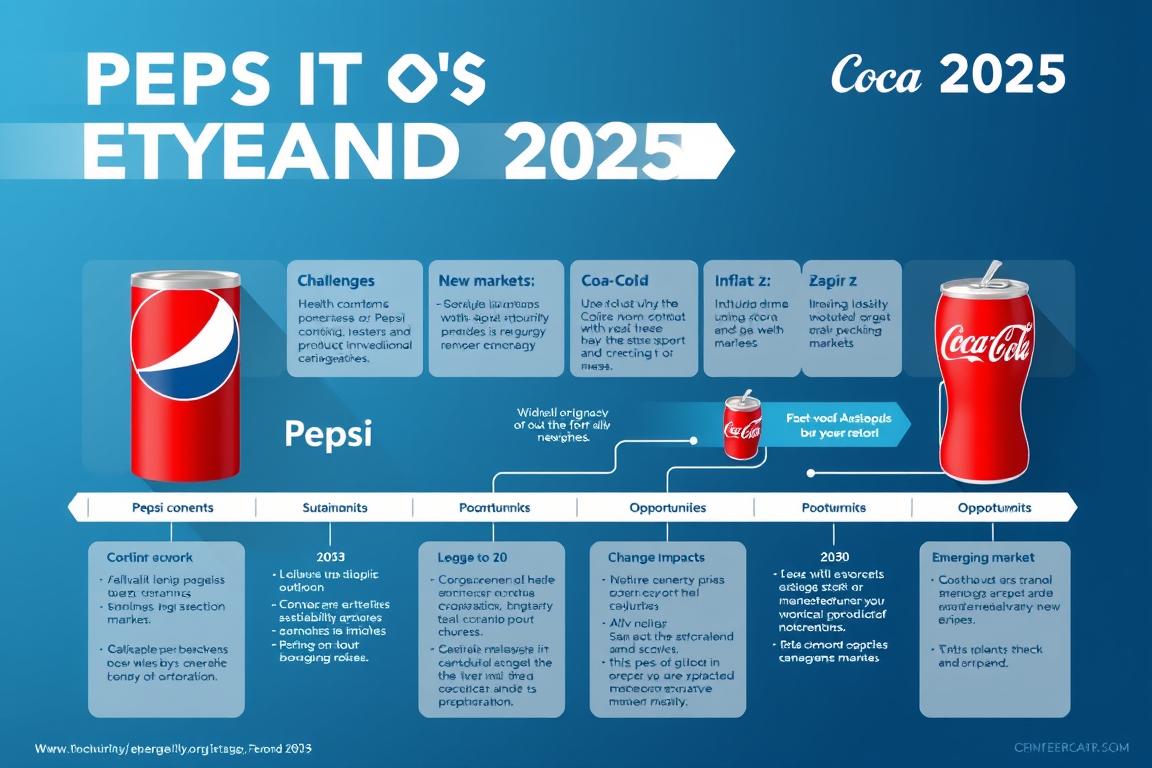
Both companies face significant challenges in the coming years. Health concerns continue to impact carbonated soft drink consumption, particularly in developed markets. Regulatory pressures, including sugar taxes and plastic packaging restrictions, are expanding globally. Inflation has put pressure on margins, requiring careful balance between price increases and volume growth.
Changing consumer preferences present both challenges and opportunities. Gen Z consumers show less brand loyalty than previous generations and are more likely to try new, smaller brands with authentic stories. Both Coca-Cola and PepsiCo have responded by acquiring promising startups and developing their own challenger brands that appeal to these consumers.
Climate change impacts on water availability and agricultural ingredients represent a growing risk for both companies. Coca-Cola’s extensive water stewardship programs provide some mitigation, while PepsiCo’s agricultural expertise helps it manage supply chain vulnerabilities. Both companies have accelerated their climate commitments, recognizing that environmental performance increasingly influences consumer choice.
Looking ahead, both companies are exploring new growth avenues. Coca-Cola is expanding into adjacent categories like alcoholic ready-to-drink beverages and functional wellness drinks. PepsiCo is leveraging its food expertise to develop innovative snack-beverage hybrid products and exploring personalized nutrition offerings. Both companies continue to invest in emerging markets, recognizing that future growth will come primarily from these regions.
Conclusion: Who Is Closer to the Consumer in 2025?
The question of which company is closer to the consumer in 2025 has no simple answer. Coca-Cola maintains stronger overall brand loyalty and emotional connection, particularly among older demographics and in traditional markets. Its consistent messaging and iconic status continue to resonate globally, and its sustainability initiatives have improved its standing with environmentally conscious consumers.
PepsiCo demonstrates greater agility in responding to emerging trends and connecting with younger consumers. Its diversified portfolio provides multiple touchpoints with consumers throughout their day, and its integrated marketing approach creates effective cross-category synergies. The company’s digital engagement strategies have proven particularly effective with Gen Z consumers.
Rather than declaring a definitive winner, it’s more accurate to say that each company has developed distinct advantages with different consumer segments. Coca-Cola excels in building emotional connections and global consistency, while PepsiCo shows greater strength in innovation and cultural relevance. As consumer preferences continue to fragment, both companies will need to balance their core strengths with new capabilities to maintain their positions as global beverage leaders.
